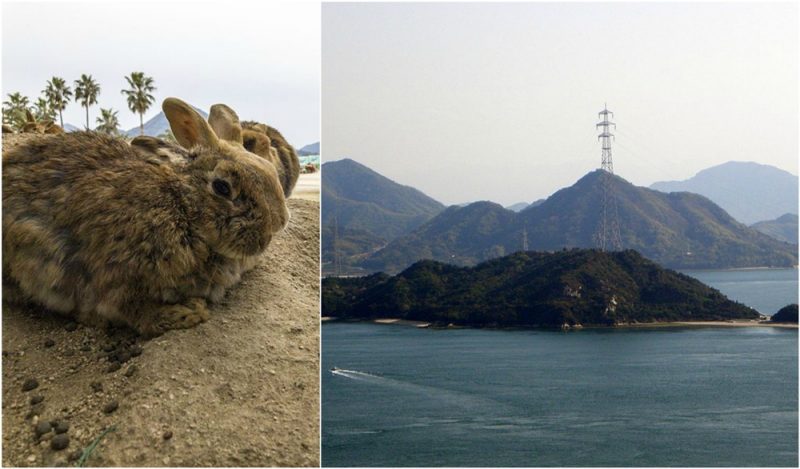Okunoshima is a lovely piece of land located in the Inland Sea of Japan that is known as ‘The Rabbit Island’ because of the hundreds of rabbits living there.
Thanks to the fluffy creatures, Okunoshima is a popular tourist attraction.
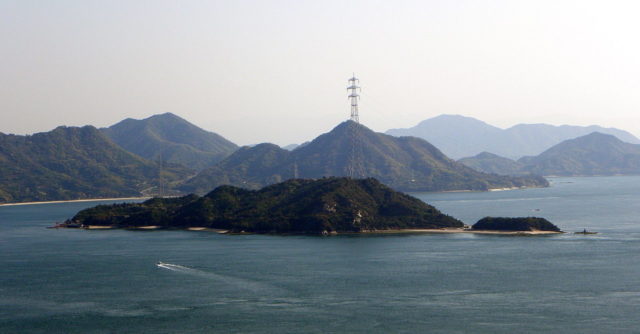
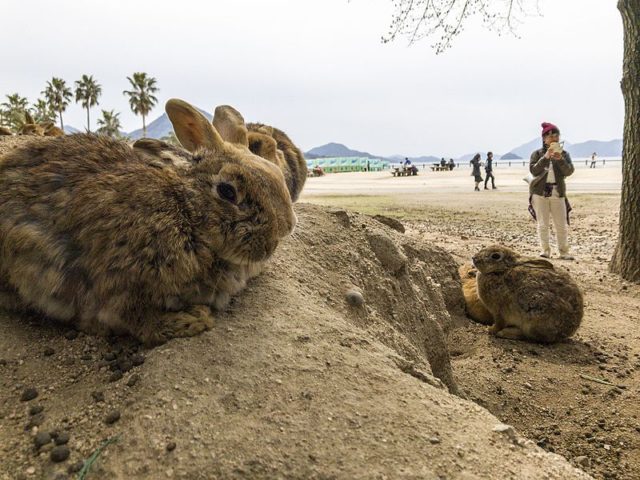
However, there’s a dark story from World War II behind this picturesque island. Okunoshima played a key role during the war because of the poison gas factory built there. They used the factory to produce chemical weapons later used in the war with China.
The Imperial Japanese Army Institute of Science and Technology set up a secret program to develop chemical weapons in 1925. Because Japan was a signatory of the Geneva Protocol, which prohibited chemical warfare, the country went to great lengths to ensure the secrecy of the chemical munitions factory.
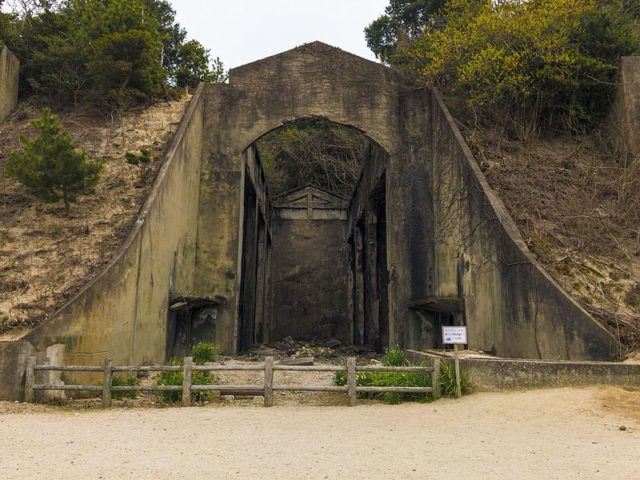
The island was removed from some maps while the project was carried out. It’s assumed that the Japanese army secretly produced over 6,000 tons of poison gas at this factory.
In order to test the effects of the poison, a colony of rabbits was brought to the island. By the end of the war, all documentation of the factory’s existence was destroyed. The gas was dumped, burned or buried by the Allied Occupation Forces, who also demanded that people who had worked in the factory remained silent about the project.
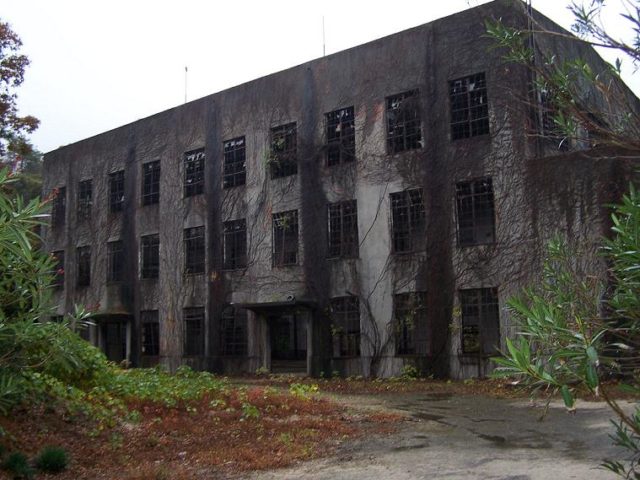

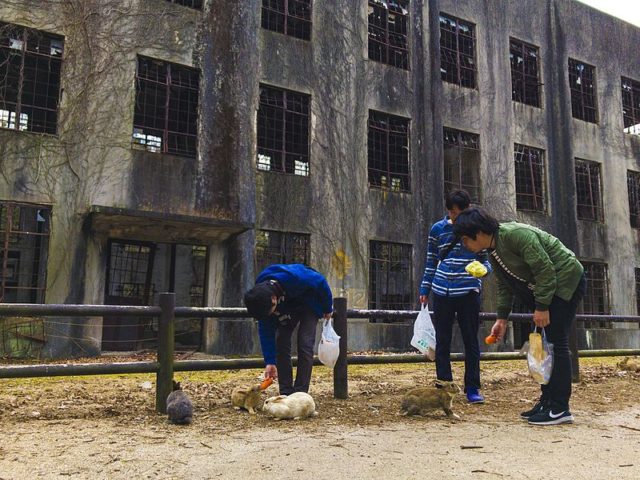
The rabbits that survived the testing and settled on the island provide a much-needed counterbalance to the island’s dark history.
Besides enjoying the company of the playful bunnies, tourists can also amuse themselves on the small golf course, beautiful beaches, the camping grounds, or visit The Poison Gas Museum.
The museum was opened in 1988 and the main goal of its establishment was to inform people of the consequences that poison gas can have and has had in the past.
The building has only two large rooms. A basic overview of the construction of the gas factory, working conditions, and the effects of poison gas on humans is provided in the first one. In the other room, there are pictures of gas-poisoned victims that show how gas affects different human body parts.
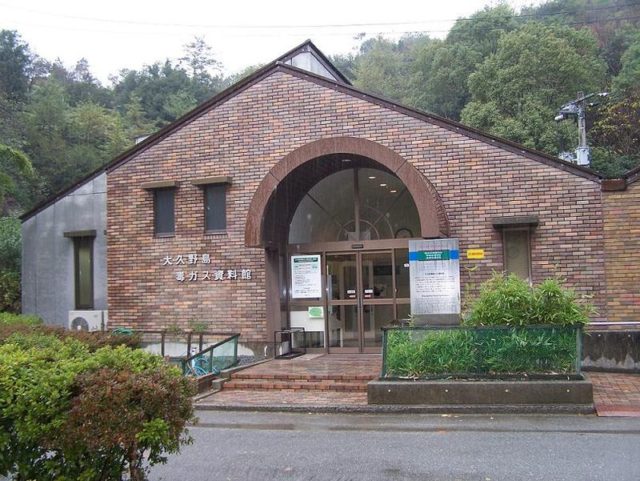
However, people visit the island today mostly because of the rabbits. In addition to tourists from abroad, the island is also very popular with Japanese tourists.
They come to enjoy the company of the tame, friendly rabbits because of the ban on keeping pets in their apartments.
